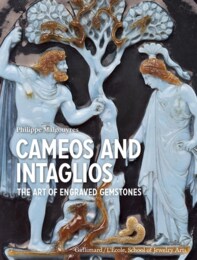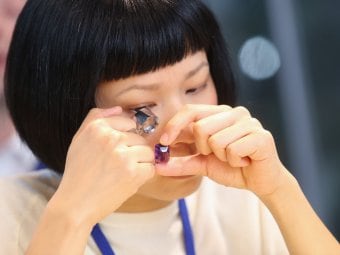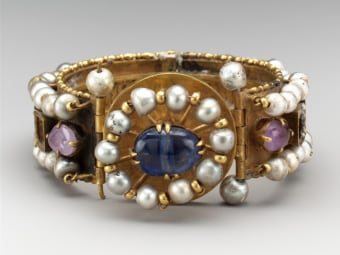Cameos and Intaglios. The Art of Engraved Gemstones
Philippe Malgouyres

Philippe Malgouyres
With over 100 precious masterpieces selected from the world's greatest museums and private collections, this reference book is an introduction to the history of glyptic art, or the art of engraved stones with motifs that appear in relief (cameos) or incised into the stone (intaglios), which has fascinated monarchs, art lovers and collectors since Antiquity.
The author walks us through time, invited us to ponder these refined objects in which the stone's natural beauty is amplified by the talent and craftsmanship of the artist. The study of cameos and intaglios goes well beyond a mere history of the technique, tastes and cultural practices: it presents us with the oldest and deepest layers of our humanity in dialogue with nature.
Cameos and intaglios arose from a personal dialogue between the stone and the human hand. Before beginning to shape and carve stones, people first had to gather them, marveling at the infinite variety of their shapes and colors.
Author: Philippe Malgouyres
Publishers: L’ÉCOLE, School of Jewelry Arts - Gallimard
Publication: April 2022
Available languages
Characteristics

